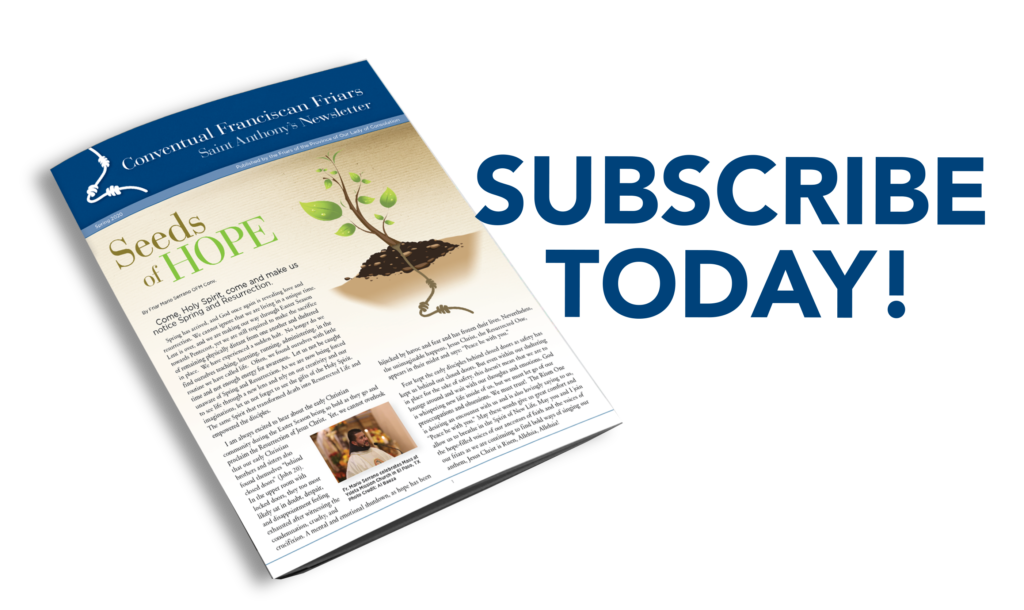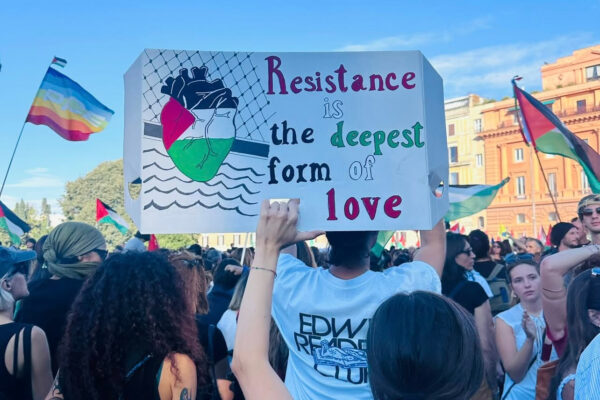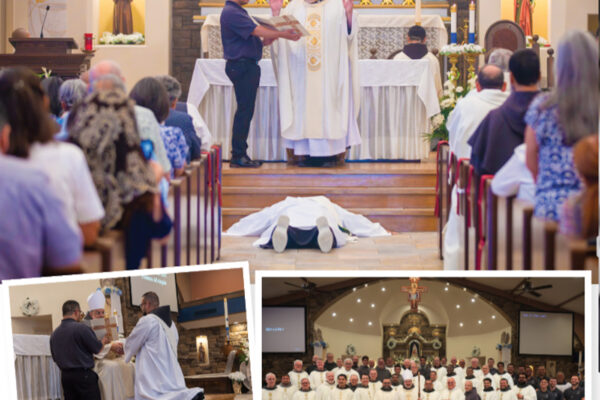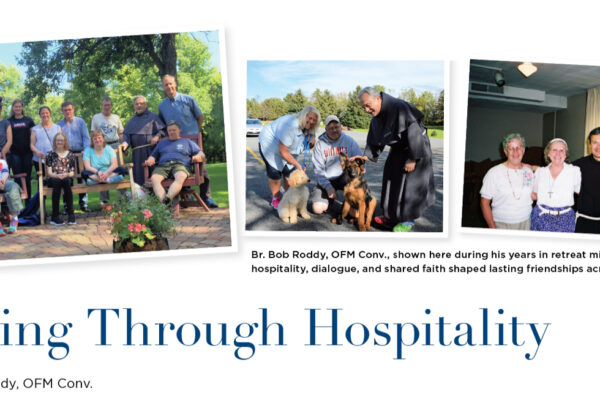
Living the Spirit of Nostra Aetate:
An Indian Catholic’s Journey of Faith, Dialogue, and Shared Humanity
By friar John Pozhathuparambil, OFM Conv., Director of Campus Ministry, Bellarmine University
As we mark the 60th anniversary of Nostra Aetate, the Vatican II declaration that reshaped the Catholic Church’s relationship with non-Christian religions, I find myself reflecting not on theory, but on life itself—on my childhood village in India, where faith was not a dividing line but a common language.
India, my homeland, is predominantly Hindu, with nearly 80% of its population practicing Hinduism. And yet, this land has long been a tapestry woven with many threads—Christianity, Islam, Buddhism, Sikhism, Jainism, Judaism, and more—all interlaced in ways that are both beautiful and deeply human. It is here that I learned what Nostra Aetate taught the world: that every religion contains truths that point to the divine, and that our shared search for meaning binds us more than our differences divide us.
I often say that each religion has its experts—its teachers of wisdom. If you want to understand hospitality, turn to Hinduism. It is a tradition that has welcomed others to Indian soil and shared its soul through openness and grace. If you seek compassion, look to Buddhism, where empathy and inner peace are central teachings. And if you desire to learn about love—love that embraces, forgives, and uplifts—I would direct you to Christianity.
In my village, we lived this interreligious dialogue long before I knew the word for it. On Christmas morning, our Hindu neighbors would not cook, knowing food would be coming from our home. On Onam, my mother didn’t cook either, because the feast would come from theirs. Boundaries faded in the face of celebration. I still remember the day I skipped church, and it wasn’t my father who reminded me—it was our Hindu neighbor who asked, “Isn’t it Sunday today?” That moment taught me something profound: faith is not just personal; it’s communal. It’s something we carry together, and something others help us carry.
In school, we learned stories from Hindu mythology that shaped my moral imagination. At times, I feel I know more about Hinduism than many of my Hindu friends. That learning never weakened my own faith—it deepened it. Our festivals were celebrated across boundaries. Hindus attended our church feasts, donated generously, and joined in devotions to saints like St. Anthony of Padua. Likewise, we joined temple festivities, and our village pastor was seen as everyone’s pastor.
When I entered seminary at 16, the entire village—across religious lines—rejoiced. Because in our way of life, a life dedicated to God, in any form, was something worth celebrating. It was in this context that I came to understand what Nostra Aetate articulates so clearly: that religions are not obstacles to human flourishing, but pathways. The document states, “The Church… exhorts her sons [and daughters], that through dialogue and collaboration… they recognize, preserve and promote the good things, spiritual and moral, as well as the socio-cultural values found among these men.” I saw this lived in every shared meal, every joint celebration, every neighbor’s blessing.
Later, as a Franciscan, I felt I had come home once more. St. Francis of Assisi spoke the same language my village did—a language of peace, unity, and reverence for all life. He sought the divine in creation, in the stranger, even in the so-called enemy. When he met the Sultan in a spirit of peace, it was not a political gesture—it was a gospel one. And in India, our Franciscan communities continued that legacy. I recall how, during a time of unrest between Hindus and Muslims, our formation house opened its doors to shelter women and children. At our provincial house, we hosted annual interreligious gatherings, not just to talk, but to listen, learn, and share life together.

Friar John Pozhathuparambil, OFM Conv., stands with Archbishop Shelton Fabre, the Bellarmine Campus Ministry team, and university leadership—partners in fostering interfaith dialogue, unity, and spiritual growth across the campus community.
When I moved to Bellarmine University in the United States in 2010, I was heartened to find the same spirit alive. The Campus Ministry bore a simple inscription: Many Faiths, One Ministry. It wasn’t just a slogan. It was an embodied practice. I started Satsang—a gathering of people from all traditions to explore our differences and our shared yearnings. We visited mosques and temples together. We placed sacred texts from multiple religions around a round table, with their symbols, as a sign of our shared journey. It was a visual proclamation that we are all seekers in the same ocean of grace.
One of my favorite stories from my village is of a baby fish asking its mother, “Where is the ocean?” The mother replies, “We are in it, always.” Just like that fish, we often search for the divine, unaware that we are already immersed in it. Every tradition, in its own way, tries to name that ocean. My upbringing, Franciscan spirituality, and Nostra Aetate all remind me: the point is not whose name is correct, but that we recognize the sacredness that surrounds and sustains us.
Sixty years ago, Nostra Aetate began a revolution in religious thought—not by building something new, but by returning to something ancient: the wisdom of humility, reverence, and shared humanity. My story is just one among many, but I believe it echoes the spirit of that document. May we continue to walk together—many faiths, one search, one sacred journey.






